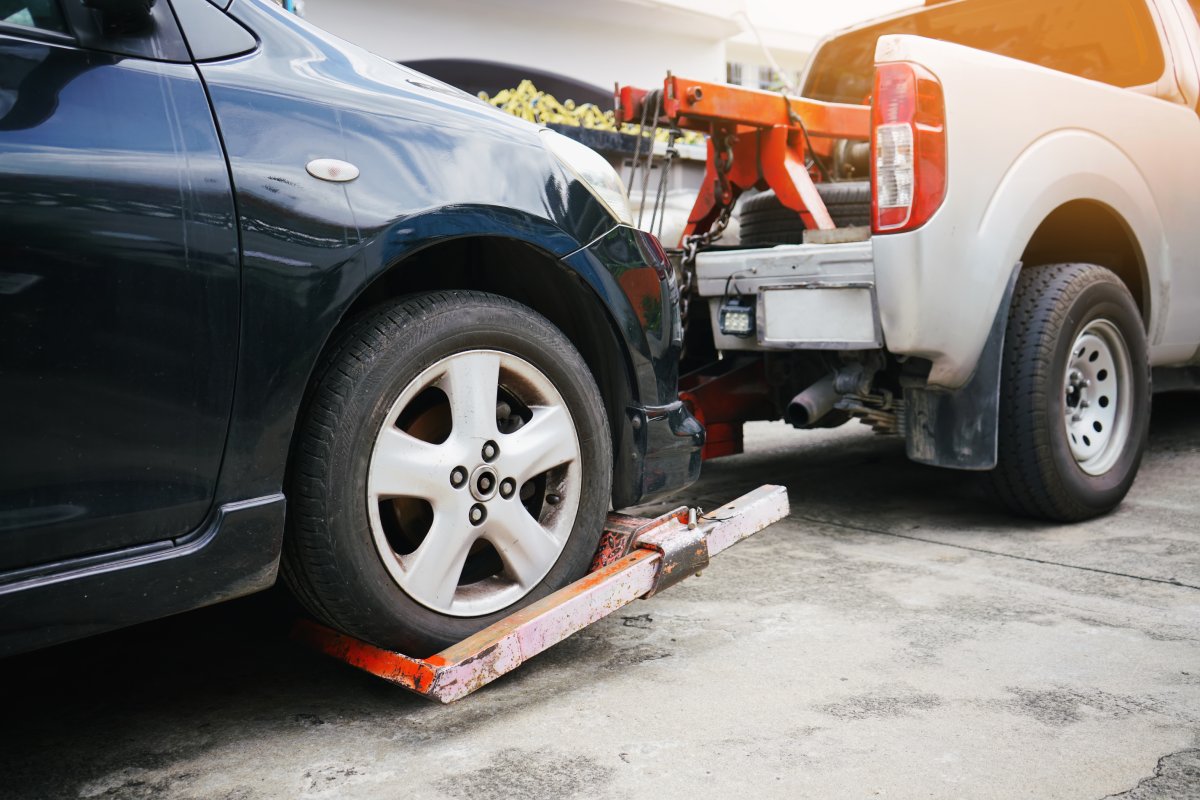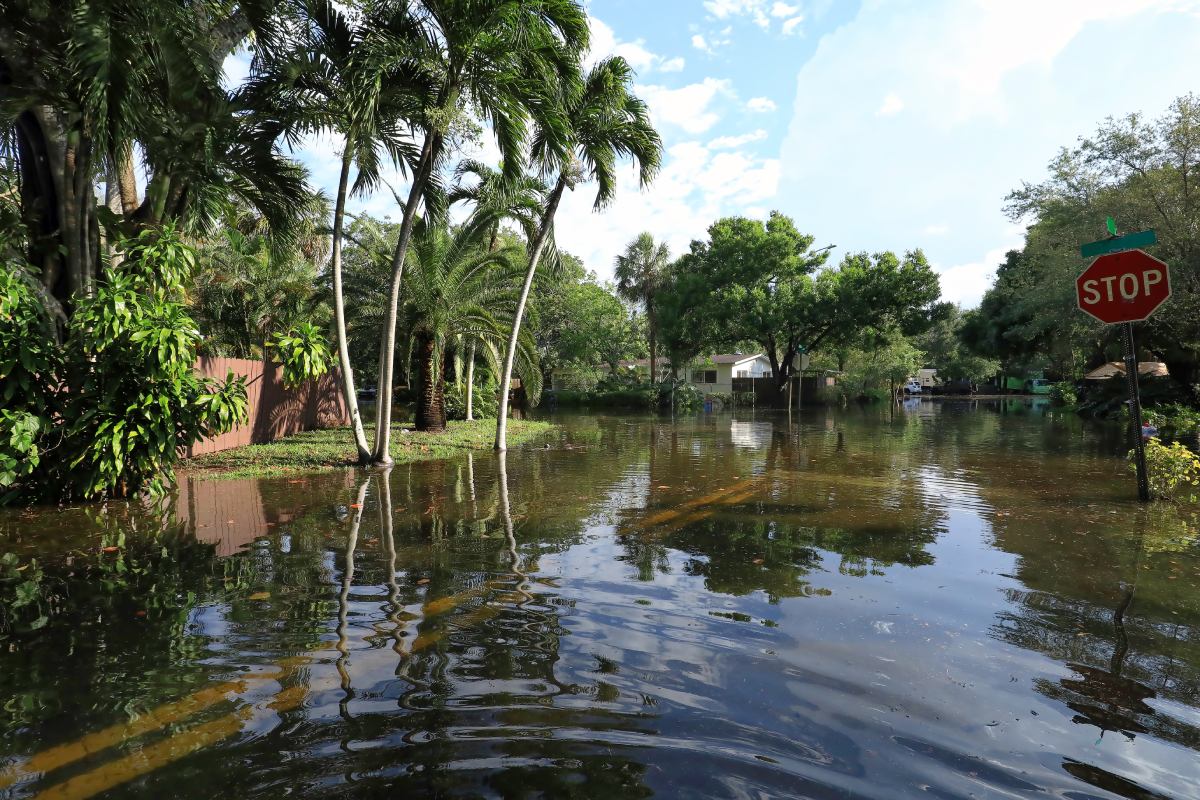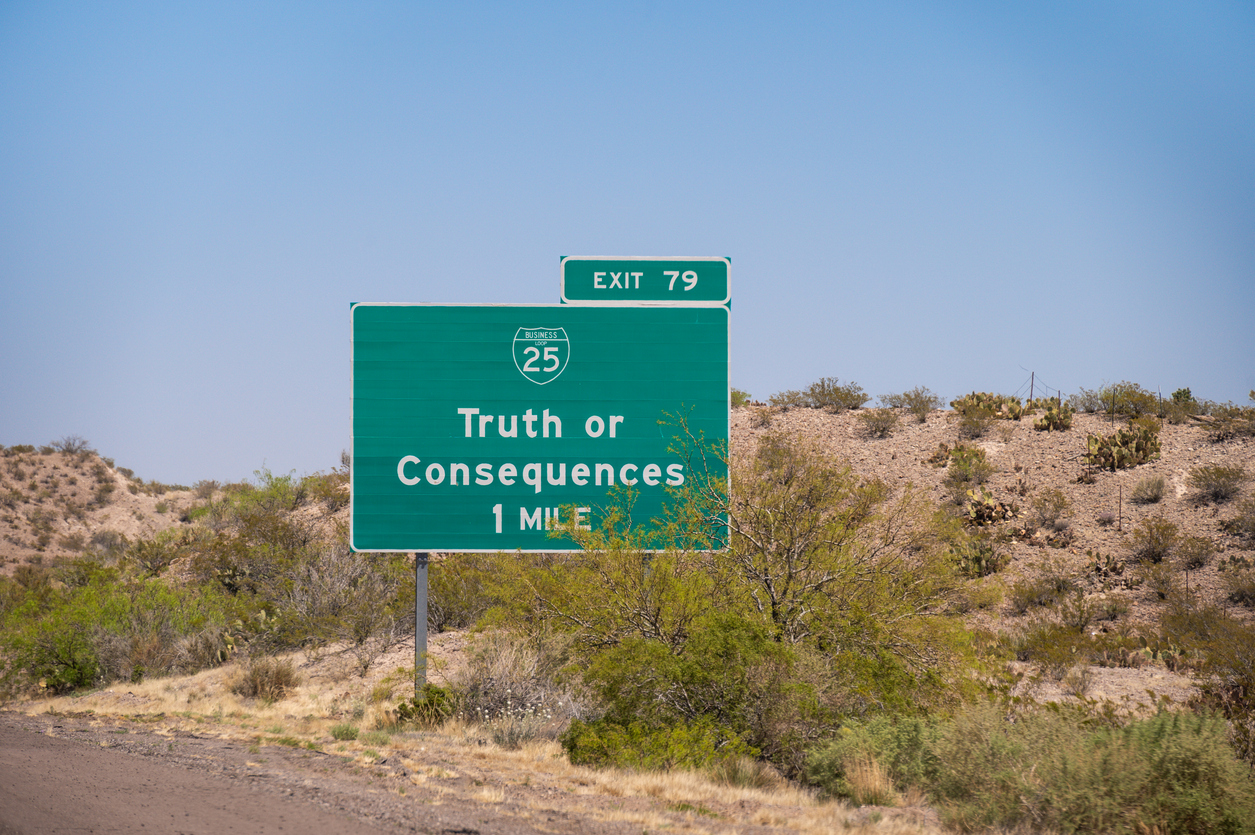If you’ve suffered property loss or damage, understanding what your insurance covers is crucial. Most policies consider an item’s depreciated value when determining payouts, but did you know there’s a way to recoup some of that lost value? That’s where recoverable depreciation comes in.
Recoverable depreciation is a critical aspect of insurance law that helps policyholders get the full replacement cost for damaged or destroyed items. In this blog, we delve into what recoverable depreciation is, why it matters, and how it works in real-world scenarios.
What Is Recoverable Depreciation?
Recoverable depreciation is the monetary difference between Actual Cash Value (ACV) and Replacement Cost Value (RCV) that an insured may be entitled to collect from its insurance carrier upon completing repairs to/or replacing damaged property from a homeowners insurance claim.
However, an insured is only eligible to recoup recoverable depreciation if they both have an RCV policy (rather than an ACV policy) and actually make the repairs/replace the damaged property. What is surprising to most homeowners who have a RCV policy is that when presented with a claim for damaged or destroyed property, an insurer only advances the actual cash value amount of an item (i.e., the cost of replacement minus depreciation of the item over time and minus the policy deductible) until the repairs or replacement to the property are made. This means that policyholders are required to come out of pocket to cover that depreciation value amount until they can actually prove to the insurance company that the item has been replaced or repaired.
What Is the Difference Between Recoverable Depreciation and Actual Cash Value?
Actual Cash Value (ACV) is equal to the replacement cost of an item minus any cost for depreciation of the item due to time, general wear and tear, obsolescence, etc. For example, if you bought a TV for $1,000 in 2020, and it depreciated 20% by 2024, then the ACV claim for the TV in 2024 would warrant an ACV payment by the insurance company of $800. But to collect that $800 in ACV payments, the insurance company also withholds the amount of the policy deductible to entitle an insured to utilize the policy benefits in the first place. If your policy deductible was $200, then your previous $800 ACV check is now reduced to $600 after application of the policy deductible.
However, if you have an RCV policy and replace your 2020 TV with a 2024 model for $1,500, the submission of the $1,500 receipt for the TV to the insurance company reimburses the insured the difference between the $800 ACV payment and the $1,500 receipt minus the $200 deductible: so an additional $500 check from the insurance company. That $500 amount is recoverable depreciation.
In sum, the ACV amount tendered by the insurance company plus the recoverable depreciation amount should equal the cost of actually replacing the damaged item.
How Is Recoverable Depreciation Calculated?
This varies by insurance carrier. Some carriers may place greater weight on the age of the property and how it compares to newer versions of the same item, while other carriers may choose to more heavily weigh the physical condition of the item itself. However, the most heavily weighted factor is likely the lifespan, or as some call it, the “useful life” of the property.
What Is an Example of Recoverable Depreciation?
Let’s say you purchase a $2,000 sofa with a lifespan of five years, but it was stolen from your house after only three years.
The first thing that needs to be decided by the insurance carrier is the ACV for that sofa. To assess this, the insurance company would first determine the annual depreciation amount, which would be the replacement cost of the sofa divided by its expected lifespan: $2,000/5 years = $400.
Total depreciation would then be that $400 x 3 years (age of the item at the time of the loss) = $1,200.
The ACV is then taking that $2,000 replacement cost, subtracting the $1,200 in total depreciation, and then arriving at an ACV amount of $800.
As noted above, you also need to consider the cost of your policy deductible, as this is an additional cost subtracted out from the ACV amount, which entitles an insured to utilize its insurance policy in the first place.
Does the Contractor Receive the Recoverable Depreciation Check?
Like many things in life, this depends. For claims that arise under the dwelling portion of a homeowners claim, it is very common for an insurer to directly pay the contractor for any repairs done to the damaged property rather than paying the insured policyholder who actually filed the claim. However, some insurers pay the insured directly, and then the insured is responsible for ensuring that the contractor receives the payment for the work they have performed on the claim. It is always best practice to ask your insurance carrier for details on who gets paid what and when to avoid as many unwanted surprises as possible.
How Do You Claim Your Recoverable Depreciation Balance?
To collect the recoverable depreciation amount, an insured must submit documentation to their insurer demonstrating that the damaged property has been repaired or replaced. Generally speaking, this would be a receipt showing that the work has been completed and paid for by the insured. This supplemental check is then issued after an insurer has already paid out on ACV benefits and the insured has used that money to do the repairs/replacement of the property.
What Happens if My Insurance Company Won’t Pay Recoverable Depreciation?
This might be because you only have an ACV rather than an RCV insurance policy. If you only have an ACV policy then the insured is not entitled to recover RCV or recoverable depreciation benefits.
Recoverable Depreciation in Practice
It is important to keep in mind that an insured cannot collect an RCV benefit payment for an amount that exceeds the specified policy limit.1 Conversely, if the amount paid by the insured to repair/replace the damaged property is less than the amount of the projected RCV amount from the insurance carrier, then the insured is only reimbursed the difference between the ACV payment from the insurance company and the amount it took to actually repair or replace the damaged property.2
Further Resources on Insurance Coverage Law
Navigating the complexities of insurance claims can feel overwhelming. Whether you’re facing unpaid claims or simply filing for the first time, our eBooks equip you with the crucial information you need to advocate for yourself with confidence.
- Filing A Property Insurance Claim
- Insurance Company Response Time
- What To Do When You Have a Denied/Underpaid Claim
- Wildfire Claims
- Flood Claims Handbook
- More Information on Hurricane Deductible and Policy Limits
- Condominium Hurricane Preparedness
Why Merlin?
Are you fighting an insurance company that won’t pay out on claims? Since 1985, with $2 billion in recovered claims, our team has stood by your side to ensure you can face any insurance challenge with confidence. Contact us today for a consultation, or read more about how we act as your trusted advocate.
1 Republic Insurance Co. v. Jernigan, 753 P.2d 229 (Colo. 1988).
2 See, e.g., Kolls v. Aetna Cas. & Sur. Co., 378 F. Supp. 392, 400 (S.D. Iowa 1974); E.g., Gerken v. State Auto Ins. Co. of Ohio, 2014-Ohio-4428, 20 N.E.3d 1031, 1044 (Ohio Ct. App. 4th Dist. Washington County 2014); Erie Ins. Exchange v. Sams, 20 N.E.3d 182, n.6 (Ind. Ct. App. 2014).




